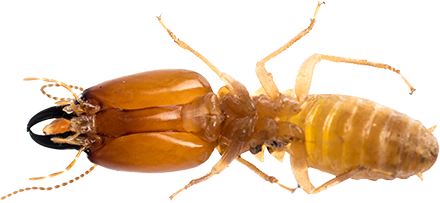
Keeping pests under control is achieved through social, organic, and substance means in horticulture. Furrowing and development of the dirt before planting mitigate the pest weight and there’s a cutting edge pattern to confine the misuse of toxicants like far. Pest-resistant kinds and crops can be developed by overlooking the crop, applying toxics when necessary, and applying crop goings-over. Where conceivable, organic means are exploited, empowering the normal foes of the pests and presenting reasonable huntsmen or hangers-on.

For homes and government areas, pests are rodents, hoots, creepy crawlies, and other beasts that live with people, and that feed on and destroy property. Control of these pests offers through prohibition, aversion, factual evacuation, or synthetic means. Otherwise, different recipes of organic Pest Control Southend corresponding to disinfection programs can be used.
History of pest control:
The need to keep crops free of pests is about as old as agriculture, as there has always been a need for pest control. Like some time in yesterday as 3000 BC in Egypt, moggies were exploited to control pests of grain stores, for instance, rodents. Europe began training ferrets for use as micers in 500 Communiqué. It’s believed that the old Egyptians introduced snakes and rodents into homes with their snakes and rodents.
The ordinary methodology was likely quick to be harnessed since it’s likewise simple to annihilate weeds by consuming them or furrowing them under and killing bigger contending quadrupeds. Styles, for prototype, crop revolution, familiar planting (otherwise called intercropping or intertwined editing), and the specific maternity of pest-safe cultivars have a long history.
Synthetic toxics were first harnessed around 2500 BC when the Sumerians harnessed sulfur fusions as pygmy sprays. Current pest control was amped by the spread across the United States of the Colorado potato zilch. After numerous exchanges, arsenical syntheses were used to control the zilch and the anticipated injury to the natural public did not transpire. This drove the way to a broad acknowledgement of bug sprays across the main. With the industrialization and robotization of horticulture in the eighteenth and nineteenth hundreds of vintages, and the presence of the bug sprays pyrethrum and derris, substance pest control went far and wide. In the twentieth century, the revelation of some manufactured bug sprays, like DDT, and manures helped this turn of events.
Natural control is first recorded around 300 Release in China, when sovereignties of stitcher insects, Oecophylla smaragdina, were intentionally stuck in citrus granges to control roughs and caterpillars. Likewise in China, ducks were used in paddy fields to devour pests, as represented in old grotto workmanship. Mauritius introduced the Indian mynah in 1762 to control insects, and in Burma, citrus trees were planted alongside bamboos to allow insects to pass between the trees and control caterpillars. Scale creepy crawlies were controlled by ladybirds in citrus villas in California during the 1880s, and other organic pest control tactics followed. The prologue of DDT, a modest but significant mix, brought an end to natural control tests. By the 1960s, issues of protection from synthetic mixes and injury to the climate started to arise, and natural control had a belle epoque. Mix pest control is as yet the stock kind of pest control present, albeit a recharged interest in conventional and natural pest control created towards the finish of the twentieth century and proceeds right up to the present time.
